This Red Pesto Recipe is the perfect combination of tangy tomatoes with savory garlic. It can be whipped up in just 10 minutes and has an unmatched depth of flavor thanks to the secret ingredient - anchovies!
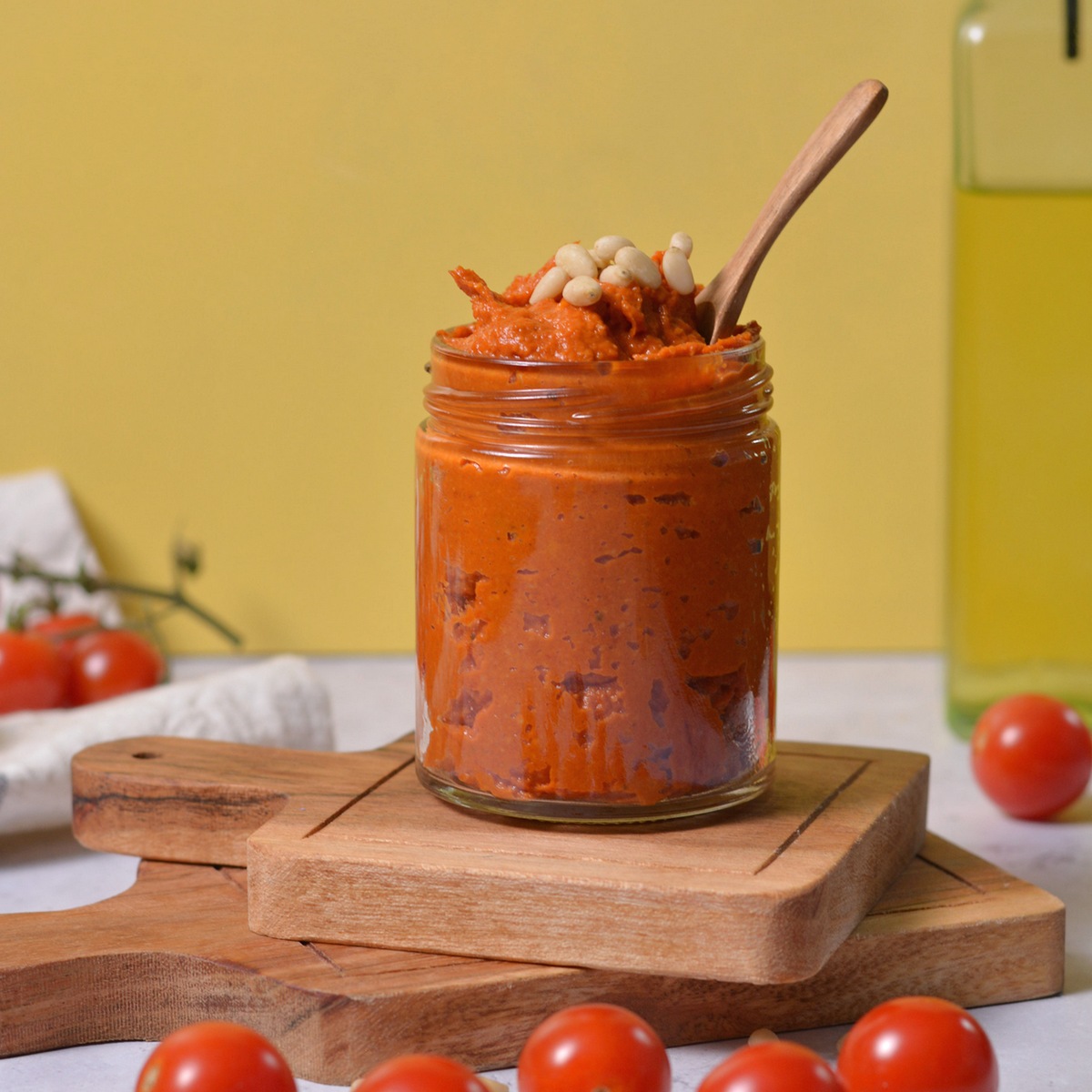
Want to save this recipe?
Enter your email below & we'll send it straight to your inbox. Plus you'll get fun new recipes from us every week!
Jump to:
Why you need this tomato pesto recipe!
If you don’t know, there's a pesto common to southern Italy called Pesto Rosso (or Sicilian pesto) made with sun-dried tomatoes fresh from the Sicilian region. This pesto rosso is delicious, but we wanted a version that features readily available ingredients and is super easy to make. That’s why I created this red pesto recipe that can be made year-round no matter where you live with all shelf-stable ingredients.
I tested this red pesto recipe six different ways so when I say it's perfect, I really mean it! To prove it, here are three key reasons why you need to make THIS tomato pesto!
- Shelf stable and tasty year round: No more waiting for fresh basil to grow, this pesto uses tomato paste, anchovies, Calabrian chilies, garlic, and lemon juice. All of these are shelf stable until opened!
- It's versatile: Not just a pasta sauce, it also works wonders as a spread on sandwiches, a dip for veggies, a marinade for chicken breasts or your protein of choice, or even an addition to homemade hummus.
- Easy peasy red pesto: This is a straightforward food processor recipe - give the tomatoes a little saute on the stove and then blend everything together and you’re done.
- Storable and sharable: You can make pesto fresh to share, can it be given out on holidays, or it can be frozen and used for up to 3 months!
Ingredients and substitutions

All substitutions are a 1:1 substitute unless otherwise noted.
Tomato Paste: This concentrated tomato base gives a deep, robust tomato flavor that binds together all the flavors of the pesto.
Substitutions: Sorry, no substitution here. You can use an Italian-flavored tomato paste but I highly recommend plain tomato paste.
Anchovies: These little fish add a savory and salty depth of flavor or 'umami' to the pesto. Don't worry if you're not a fan of plain anchovies, because the flavor is masked in the finished pesto.
Substitutions: For a vegetarian version, you can use a teaspoon of miso paste to replace each anchovy filet. I don't recommend replacing it with sardines as they're much saltier!
Minced Garlic: We use fresh garlic for this recipe because it provides a sharp, spicy kick to the pesto.
Substitutions: If you're out of fresh garlic, garlic powder or granulated garlic can be used. One teaspoon of minced garlic can be replaced with ⅛ teaspoon of garlic powder.
Olive Oil: Olive oil gives a smooth, velvety texture to the pesto, and contributes to its rich flavor.
Substitutions: Avocado oil could be used as a replacement due to its neutral flavor. However, olive oil is preferred for its unique flavor contribution to the pesto.
Calabrian Chilis: These spicy Italian chilies give our pesto rosso a bit of heat. Be mindful of the amount you use because they really pack a punch!
Substitutions: If you can't find Calabrian chilis, you can replace them with red pepper flakes or a bit of hot sauce to taste.
Lemon Juice: It adds freshness and tanginess that balances the rich flavors of the pesto.
Substitutions: In a pinch, vinegar (like white wine vinegar, not apple cider vinegar) can be used instead of lemon juice.
Cashews: Fresh cashews make our pesto creamy and rich. We use raw and unsalted cashews.
Substitutions: Cashews have a super mild flavor so they're really more for the texture they provide. You can use other nuts such as almonds or walnuts, but note that these nuts have a stronger flavor and will impact the taste of the pesto.
Pine Nuts: Traditional in pesto, pine nuts give it a slightly sweet, creamy flavor.
Substitutions: If pine nuts aren't available, you can substitute them with walnuts, almonds, or additional cashews.
Salt: This classic seasoning enhances all the flavors in the pesto.
Substitutions: There's really no substitute for salt, but be sure to salt to your own taste! If you're using salted nuts, you may want to reduce the added salt. You could try using ⅛th of a cup of parmesan cheese or pecorino romano to replace the salt but be sure to check out my testing notes below.
Remember, the great thing about this pesto rosso recipe is its flexibility, so feel free to experiment and adapt it to your taste and dietary preferences!
Recipe testing notes
Throughout our quest to perfect this red pesto recipe, we had some spicy discoveries. Check them out:
- Sun-dried tomatoes versus tomato paste: I initially tested this red pesto 3 times with sun-dried tomatoes. And while I love sun-dried tomatoes, I ultimately decided that they're best when used sparingly, not when using the entire jar for pesto.
- Using tomato paste: Tomato paste was my other option for something red and I actually got the idea from a food podcast! The issue with canned tomato paste is that it takes on the flavor of the can. To avoid this, I discovered it need to be heated for a couple of minutes to cook out the metallic taste and enhance the sweetness.
- To add cheese or not: Traditional pesto uses parmesan or pecorino cheese, so I used cheese in my initial tests. However, it almost made the pesto too rich, thus muting the other flavors, and my goal for this pesto is for it to be light, refreshing, and pack a punch. That being said, we settled on not using any cheese. If you do feel the need to use it, I would omit the salt.
- The addition of cashews: This tip was one Dan discovered after looking at a store-bought pesto rosso. The cashews not only add creaminess but they also add a touch of sweetness.
How to make this - step by step
Be sure to scroll to the recipe card for the full homemade tomato pesto recipe!
Step one: heat the tomato paste
Add your tomato paste, garlic, and anchovies (with their oil) to a skillet. Cook on medium heat for 3-5 minutes until the garlic becomes fragrant and the tomato paste softens.
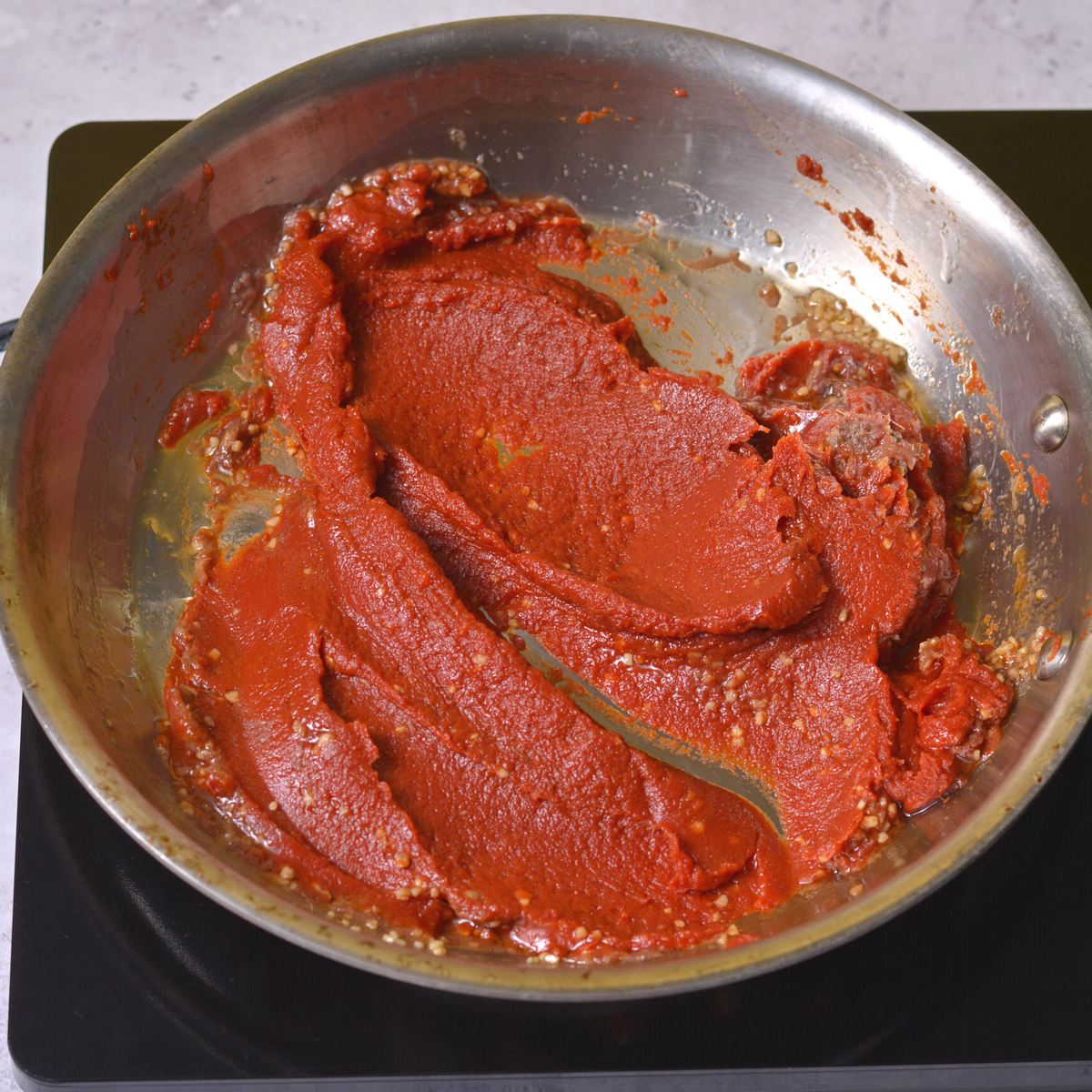
Step two: blend
Remove the middle cap from the blender or food processor lid. Add all ingredients, including the hot tomato mixture, into your food processor or blender.

Step three: blend with oil
As you turn on the blender, drizzle your olive oil into the opening in the lid. Process until smooth, adding extra virgin olive oil as needed to achieve a smooth paste.
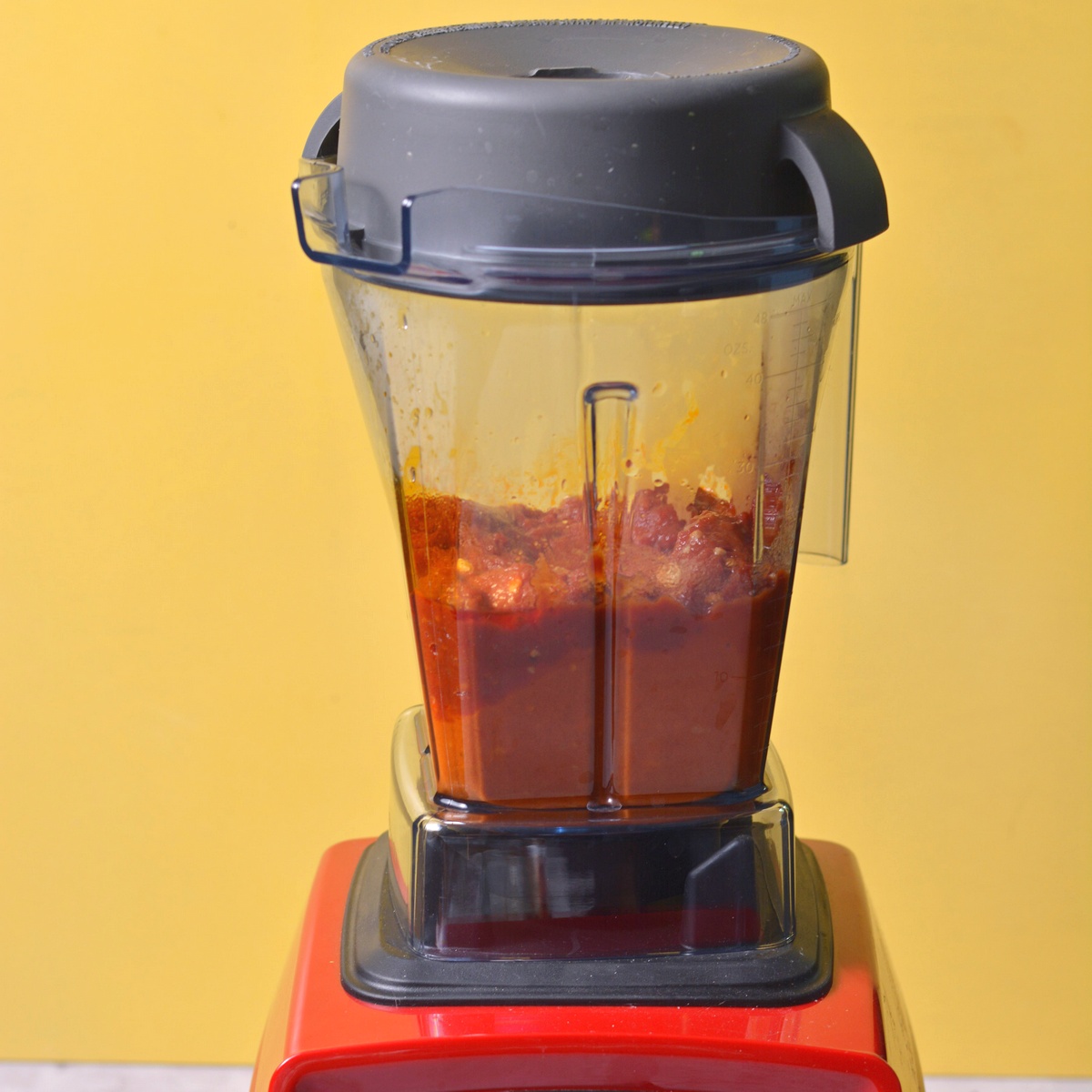
This process takes about 1-2 minutes of blending, scraping the sides and bottom, and blending again. I recommend trying to scrape down the sides and blend before adding more oil because you want it to be thick enough.
Watch How to Make This - Step by Step
Joyful Tips!
This red pesto is pretty forgiving, but here are a couple of tips that'll make it even easier for you:
- Don't rush the blending process. Give it time to really break down the ingredients into a smooth paste. Like 2 full minutes of blending and scraping down the sides before adding more oil!
- If the pesto is too thick, add more extra virgin olive oil slowly until it reaches your preferred consistency.
Common Questions
The main ingredients and the color. Green pesto uses basil as its base and is sometimes called traditional basil pesto while red pesto uses tomatoes or red peppers.
The sauce works great with any type of pasta, but penne, rigatoni, and spaghetti are classic favorites.
Yes, simply omit them or replace them with parmesan or pecorino. The pesto won't be as rich, but it'll still be tasty. You can try using sunflower seeds but this hasn't been tested.
Absolutely! I should note that with red pesto, the tomato flavor weakens the more it is cooked. So, in a pasta salad the tomato flavor in the red pesto will be very strong. However, in a cooked tomato dish like sun-dried tomato pesto pasta it will be much weaker.
Recipe Variations
Want to enjoy another version of pesto? Try one of our other favorites!
- Red Pesto With Basil: For a fresh summer twist, add a handful of basil to the pesto!
- Red Pesto Hummus: Swirl some pesto into your homemade hummus for an extra kick. This flavor-packed pesto can really liven up a bland hummus.
How to reheat and save red pesto
Fridge: Store in an airtight container in the fridge for up to a week. Canning this pesto is also an option. If canned, it'll keep it in the pantry for up to 3 months!
Freezer: Divide the pesto into an ice cube tray and freeze. Once frozen, transfer the cubes to a freezer bag or airtight container for up to 3 months.
Reheating: If using this for pasta, just toss the frozen pesto cubes with freshly cooked pasta. The heat from the pasta will melt the pesto. Or, use this pesto fresh from the fridge.
Ways to Use Leftovers
- Pesto Pizza: Spread some of the leftover red pesto on your pizza base before adding your cheese and other toppings. It gives the pizza a unique twist and makes for an awesome sauce.
- Chicken with Red Pesto Sauce: Turn this red pesto into a creamy sauce to pour over some juicy chicken breasts. This is a protein-packed dinner that's full of flavor and ready in 30 minutes!
- Red Pesto Pasta Salad: This is a personal favorite of mine! This recipe uses orzo pasta and is full of fresh vegetables and salami. It's a perfect summer salad for get-togethers or for meal prep!
Fun Fact
Did you know that traditional pesto (pesto alla Genovese) hails from Genoa in the northern Italy region of Liguria? However, variations of pesto can be found all over Italy, including red pesto (pesto rosso) which originates from Sicily in southern Italy. Check out more about the history of pesto here.
More Easy Dinner Recipes
Did you try this and love it? Leave us a review, we would love to hear from you!
Recipe

Red Pesto Recipe
Ingredients
- 6 oz tomato paste (plain)
- 3 anchovy fillets
- 2 teaspoon garlic (minced)
- 3 tablespoon olive oil
- 2 teaspoon Calabrian chilis (or red pepper flakes)
- 1 tablespoon lemon juice (or juice from half of a lemon)
- 8 cashews (unsalted raw)
- 2 tablespoon pine nuts (unsalted raw)
- ⅛ teaspoon salt
Before you start!
If you make this recipe, please take a moment to leave us a review. We love to hear from you!
Instructions
- Add your tomato paste, garlic, and anchovies (with their oil) to a skillet. Cook on medium heat for 3-5 minutes until the garlic becomes fragrant and the tomato paste softens.
- Remove the middle cap from the blender or food processor lid. Add all ingredients, including the hot tomato mixture, into your food processor or blender.
- As you turn on the blender, drizzle your olive oil into the opening in the lid. Process until smooth.This process takes about 1-2 minutes of blending, scraping, blending. If this doesn't work, add more oil as needed. I recommend trying to scrape down the sides to help it blend before adding more oil because we want it to be thick enough.
Video
Notes
Looking for more information?
Additional substitution information can be found above in the substitution section of this post.
Nutrition Disclaimer
Nutritional information is an estimate and for informational purposes only.

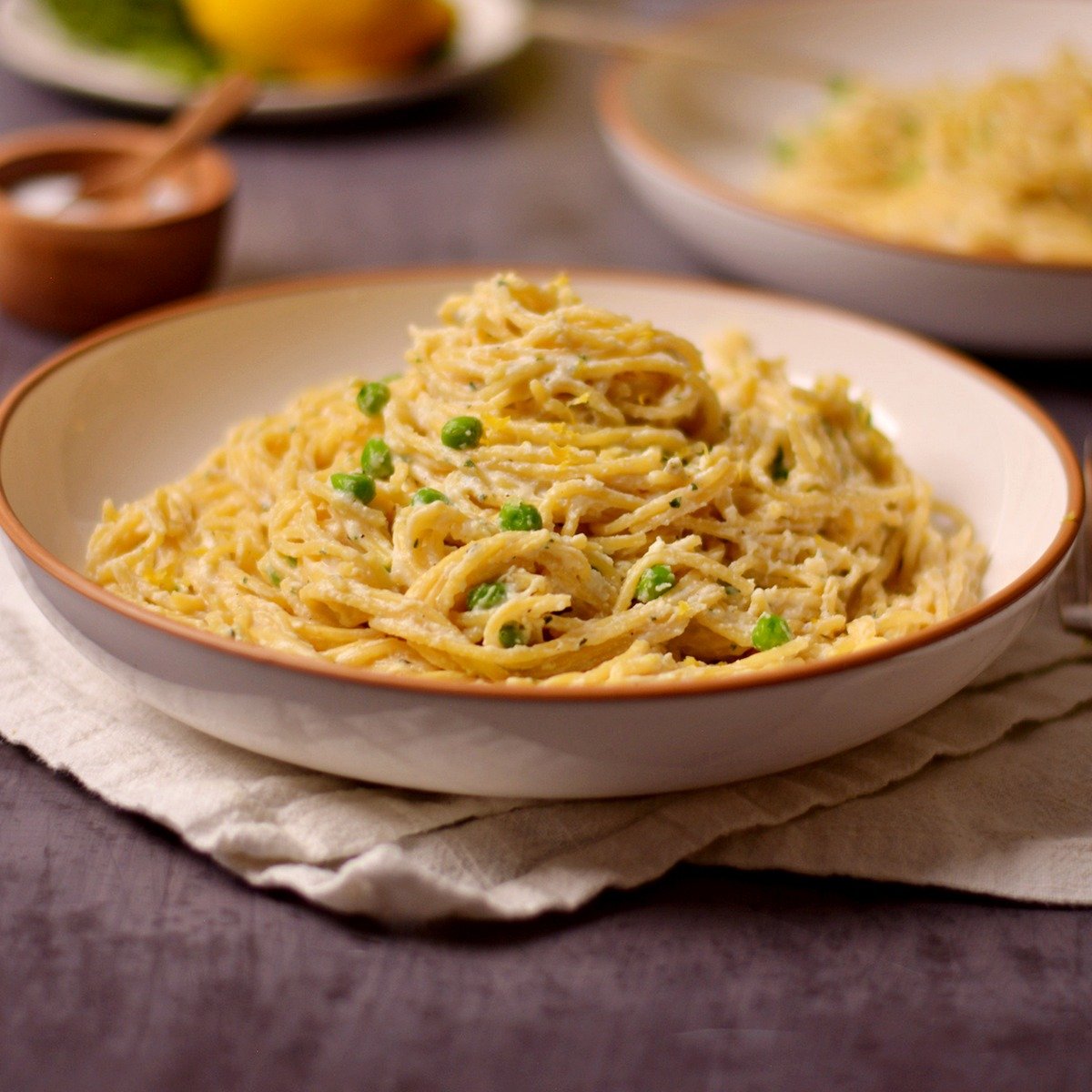
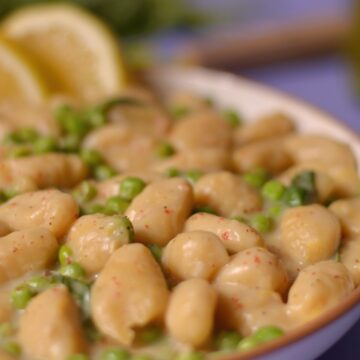






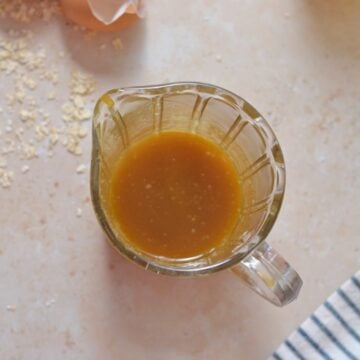

drop us a note!